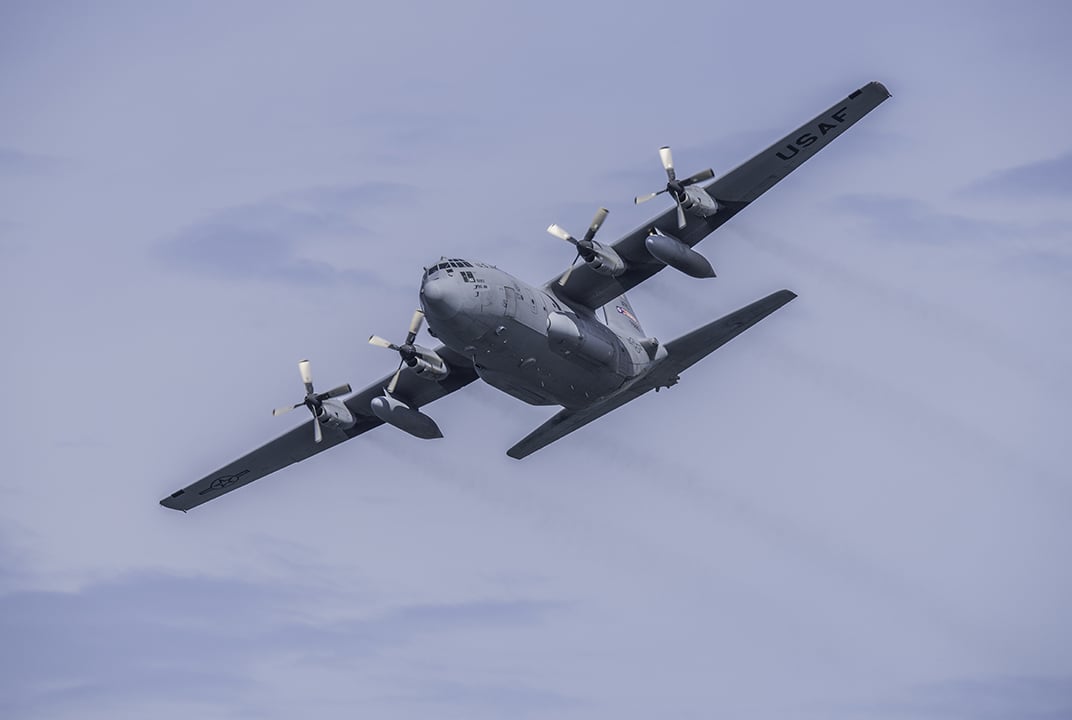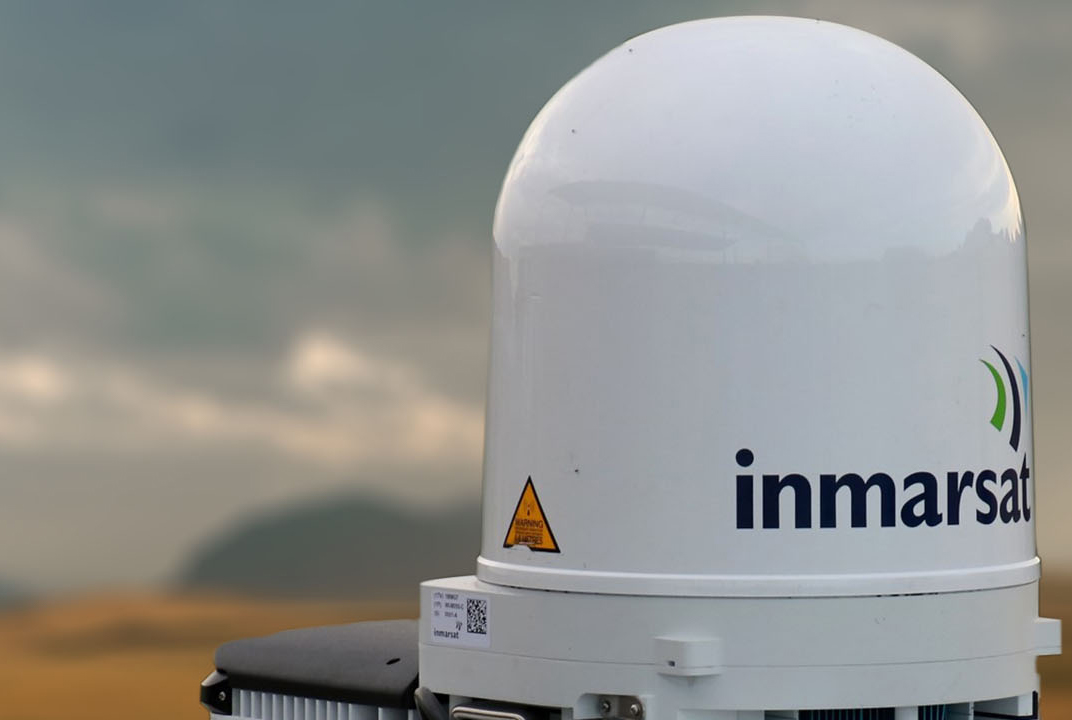Insight | Inmarsat’s L-band data rates a catalyst for ocean sea robot
Inmarsat’s L-band data rates a catalyst for ocean sea robot
null
The L-band Airborne Intelligence, Surveillance and Reconnaissance (LAISR) solution built upon our award-winning lease capability, Wideband Streaming L-band (WiSL) has rapidly improved coordination and communication from Liquid Robotics’ unmanned surface vehicle, the Wave Glider.
Reliable, high-speed and seamless connectivity is an enabler. Critically, it allows users to radically transform their operations and roll out new business cases.
This is certainly how the ocean robotics company, Liquid Robotics, has come to view Inmarsat’s connectivity solutions. It uses our LAISR on its revolutionary ocean sea robot, the Wave Glider. By utilising our enhanced L-band solution that provides high throughput for communications-on-the-move (COTM), the capabilities that this unmanned surface vehicle (USV) can deliver have become greater, more sophisticated and more meaningful.
“There’s definitely a clear before and after,” Liquid Robotics’ Head of Business Development and Strategy, Shane Goodenough, says when asked about the company’s innovative use of our L-band services. “Without it we can’t do certain things.”
Enabling the safe and cost-effective collection of information
Fundamentally, the Wave Glider is a conduit for the collection and communication of information gathered at sea. It’s therefore of use to everyone from government, defense and law enforcement agencies to marine biologists, environmentalists and those working in the oil and gas industries.
And what Liquid Robotics’ customers effectively want is data. The Wave Glider – or a fleet of Wave Gliders – can go out to sea for months at a time and obtain data measurements in a much more reliable, cost-effective and safer manner.
“Normally scientists would spend hundreds of thousands of dollars – if not more – to get a very small sample size,” explains Goodenough. “And it’s normally going to be in the summer months when the ocean is nice. So, we’ve got this opportunity to really learn a lot about our ocean, and the Wave Glider enables that.”
Unlocking the potential of persistent mobile data
And this is where Inmarsat comes in. By providing beyond line of sight (BLOS) connectivity to Liquid Robotics’ customers, the potential of the Wave Glider to deliver persistent mobile data is realised.
“When you have a platform out there, you want the data,” notes Goodenough. “Doing something over existing constellations of low earth orbiting (LEO) satellites – with a short-burst data, which is essentially text messages, that are periodically minutes apart, at best – it just doesn’t sate your appetite for wanting to get your hands on the data.”
The high-throughput LAISR terminal also enables users to take video footage or pictures of an event via the full-motion video cameras installed on the Wave Glider. Goodenough says this gives users both flexibility and the knowledge that they’re getting full value from their mission.
“You’re not wasting days or weeks using something that’s miscalibrated or misconfigured, and so, again, it’s an enabler for a couple of use cases,” he notes.
This last point is of relevance to our government partners. For instance, when law enforcement agencies and navies use cameras to obtain video on targets, they want data in real time.
“When they have an interesting event, they want to put eyes on it and they want to ensure that the fidelity of that data and accuracy is correct,” explains Goodenough. “Law enforcement agencies or coastal security applications don’t want to act on bad information.”
Defense bodies that have used the Wave Glider include the British Royal Navy. And customer use cases have taken in tracking of submarines, detecting vessels – in particular entering a designated area – and intelligence, surveillance and reconnaissance (ISR).
Designed and adapted for maritime environments
The relationship between Inmarsat and Liquid Robotics – itself a wholly-owned subsidiary of Boeing – is a fruitful and mutually beneficial one. Our satellite communication (SATCOM) solution allows Liquid Robotics to maintain its core value proposition to its customers: that of persistent 24/7 operations.
In turn, Liquid Robotics perform some custom marinisation on the antennas to ensure they are waterproof. They have also built an IP68 enclosure that has power and waterproof conduits for our cables. In turn, we modified the LAISR terminal that is installed in this enclosure.
A connectivity catalyst opening up new opportunities
Ensuring its customers have access to high-speed and reliable data delivered via its Wave Glider USV has been a step-change for Liquid Robotics.
The innovative use of our LAISR service has acted as a catalyst, enabling the revolutionary Wave Glider to fully realise its potential.
“It has definitely opened up new use cases and commercial opportunities that probably wouldn’t have been as compelling,” concludes Goodenough. “Yes, we could have still collected data, but if you have to wait three months to really get a good idea of whether you have something useful or not, organisations might just decide to still send people and boats out there.
“And so, the fact that we take down that barrier by having Inmarsat L-band as an option, has allowed us to take that out of the equation. It has allowed us to continue to evaluate with the customers, refine it and it has opened up additional possibilities.”


